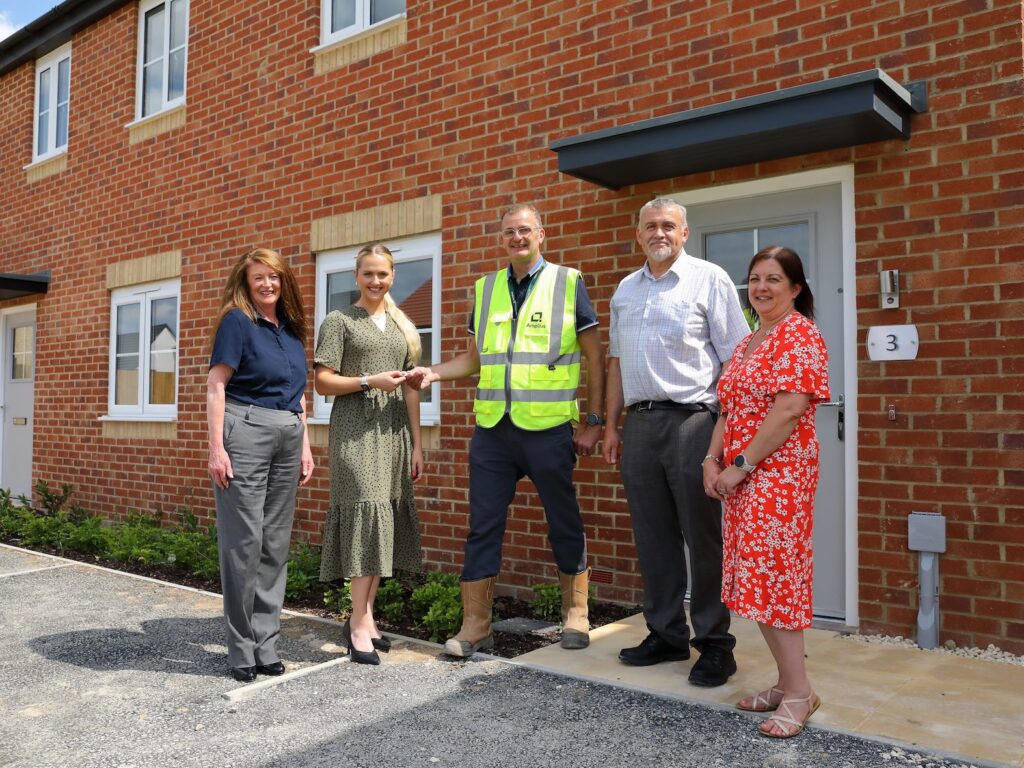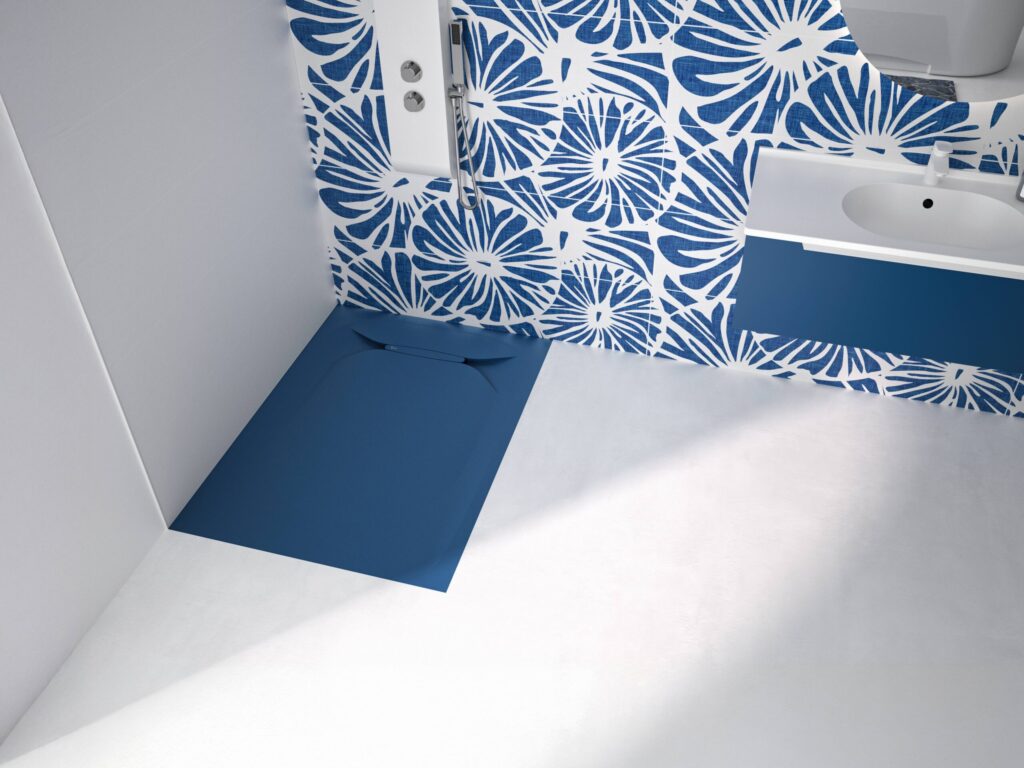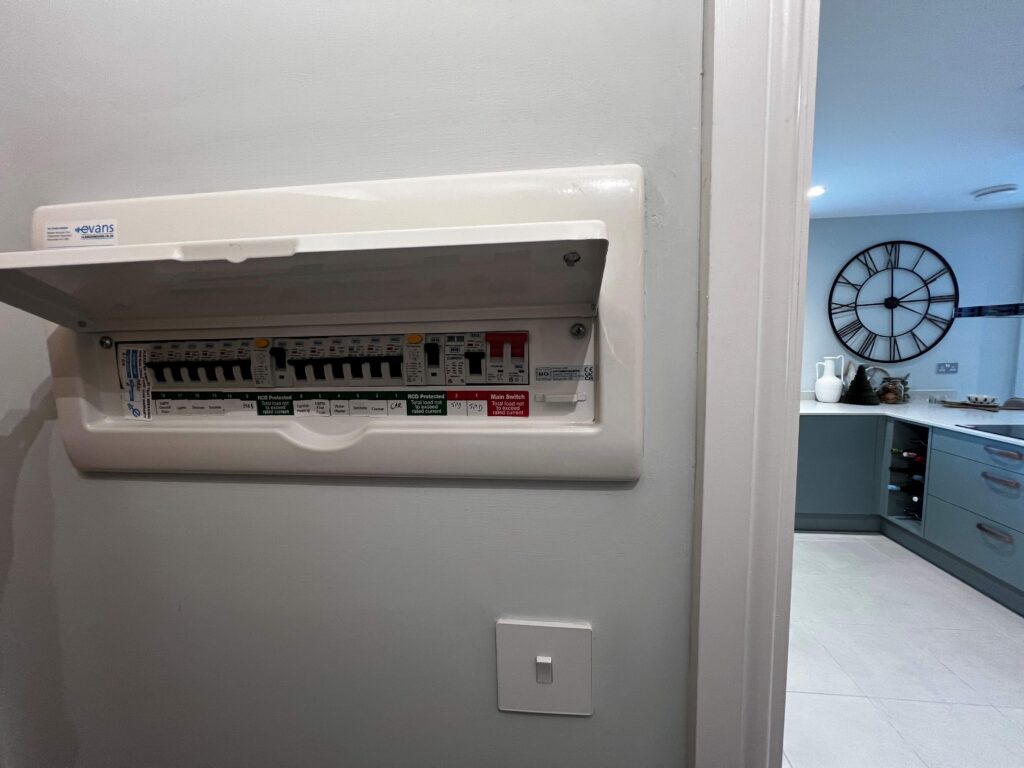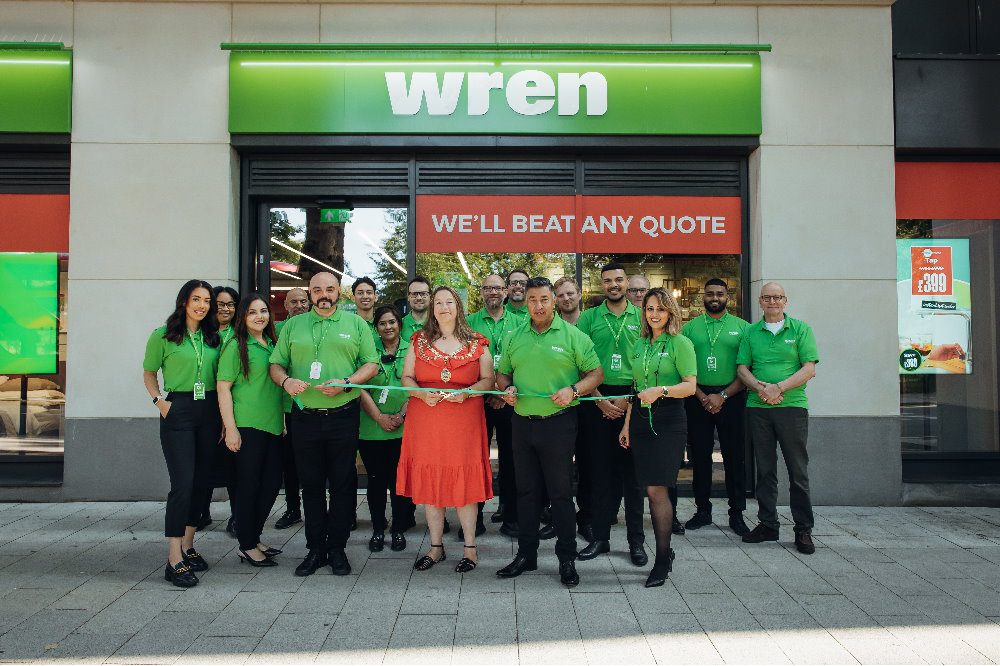Mark Manning, National Specification Manager for SDS, discusses the implications of forthcoming legislation on the approach by housebuilders and developers to managing surface water
SuDS become mandatory
Legislation, scheduled for introduction in England next year and presently subject to a period of final consultation and full regulatory impact assessment1, will mandate the installation of sustainable drainage systems (“SuDS”) for all new developments (with a few exceptions).
(Note1: This includes reference to learnings from the Welsh implementation of Schedule 3 alongside an analysis of the running costs of a SAB and SuDS’ operation and maintenance costs.)
In its “Review for the Implementation of Schedule 3 to The Flood and Water Management Act 2010”, published earlier this year, Defra prioritises the resource value of water and states that water should be managed in an integrated way to mitigate the dual climate risks of drought and flooding.
Role of SuDS extends to water conservation
It is perhaps a little unusual that Defra should now recognise SuDS as a solution to water scarcity, rather than its more typical and literal definition as a means to attenuate surface water and therefore reduce the risk of flooding. Indeed, in the non-statutory technical standards (NSTS), which were produced by Defra for England in 2015 and reviewed for Defra by HR Wallingford in 2021 and which will form the basis for implementation under the requirements of Schedule 3, Defra cites “rainwater harvesting” as the first priority in the hierarchical process of determining “final” runoff destinations2. This is in preference to infiltration into the ground, or discharge, in priority order, of any remaining runoff to a surface water or above ground surface water drainage system, to a piped surface water drainage system, or, as a last resort if none of the above are possible, to a combined sewer.
(Note2: “Recommendations to Update Non-Statutory Technical Standards for Sustainable Drainage Systems (SuDS)” – Final Report – February 2021).
Rainwater harvesting rises in importance
In its clarification of the guidelines Defra requires that consideration is given to rainwater harvesting, that has been specifically designed for water supply and, potentially, surface water management, purposes, where: “(i) there is a suitable demand for non-potable water and available roof areas that, together, will deliver efficient water savings (for example in industrial, commercial, horticultural, educational, public sector and multiple occupancy buildings); (ii) there is a need for landscape irrigation; and (iii) the development is in an area of high water stress”.
Above-ground water storage tanks, or water “butts” as they are sometimes referred to in a residential application, are listed as a tool to tackle stressed potable water supplies. However, they must be designed with a storage volume that is always available for stormwater management purposes, so that the discharge of their contents can be controlled to a suitable rate. Without this facility it is likely that a traditional water butt will soon become full during extreme rainfall events and simply overflow thereafter.
With the relatively recent introduction of intelligent technology that monitors and acts upon local weather forecasting data, the “smart” tank’s contents can be automatically released, sufficient to accommodate the anticipated rainfall volume, whilst still maximising the storage of rainwater for non-potable reuse purposes. This enables the tank to provide the dual role of both rainwater conservation and stormwater attenuation.
Practical examples
Following successful pilot programmes, in which the collective drought and flood mitigation benefits of individual, plot-based, smart rainwater harvesting tanks have been measured and analysed, multiple development-wide rainwater management schemes are now being installed.
The introduction of these schemes is being driven largely by Water Companies and Local Authorities, motivated either by the tanks’ removal of surface water from the drainage network and the consequent avoidance of CSO spills and the associated criticism in the media, or by their ability to protect natural water courses from over-abstraction in areas where there is already limited supply.
Environmental benefits
Defra requires that not only must the management of surface water be considered for its impacts on both drought and flooding but emphasises the contribution it can make to increasing biodiversity and protecting nature. In meeting a new development’s requirement to deliver a nett gain in biodiversity and satisfy its obligations under the terms of the Environment Act 2021, the inclusion of natural SuDS as water features, such as ponds and wetlands, can enable the species already prevalent there to flourish whilst also attracting new flora and fauna to the area.
With the addition of below-ground, engineered SuDS devices such as surface water storage tanks, smart technology can ensure the tanks provide a sustainable supply for a constant minimum water level in these above-ground features. Furthermore, smart technology can help to reduce the physical size of these features, thereby limiting the amount of land that might otherwise have been required to take the place of profit generating construction.
Expert knowledge
Schedule 3 provides a framework for the approval and adoption of drainage systems, an approving body (“SuDS Approval Body”), and national standards for the design, construction, operation and maintenance of SuDS. It would be reasonable to anticipate that the role of SAB will be handed to unitary authorities or county councils (former “Lead Local Flood Authorities”), and that architects and designers, alongside engineering and environmental consultancies and landscaping practices, will be amongst those most likely to fill a potential gap in knowledge amongst the council community.
The contribution that technology experts such as SDS, and evidence from successful pilot schemes, can provide could prove instrumental in elevating the importance of integrated water management in the design of new developments.
SDS’s innovative rainwater recycling system, Intellistorm®, is now being introduced to residential properties, developments and communities across the country. Intellistorm® is a smart system that is designed to control rainwater runoff in urban areas, preventing flooding and reducing the strain of major rainfall events on drainage schemes whilst at the same time protecting our declining natural water resources.
To discuss how SDS smart rainwater reuse systems might benefit your development please contact:
Mark Manning, National Specification Manager, mob: 07545 644760, email: [email protected] or visit sdslimited.com
Read more news and exclusive features in our latest issue here.
Never miss a story… Follow us on:
Showhome
@Your_Show_Home
@Showhomemag
Media Contact
Joseph Clarke
Editor, Showhome
Tel: +44 (0) 1622 823 920
Email: [email protected]











